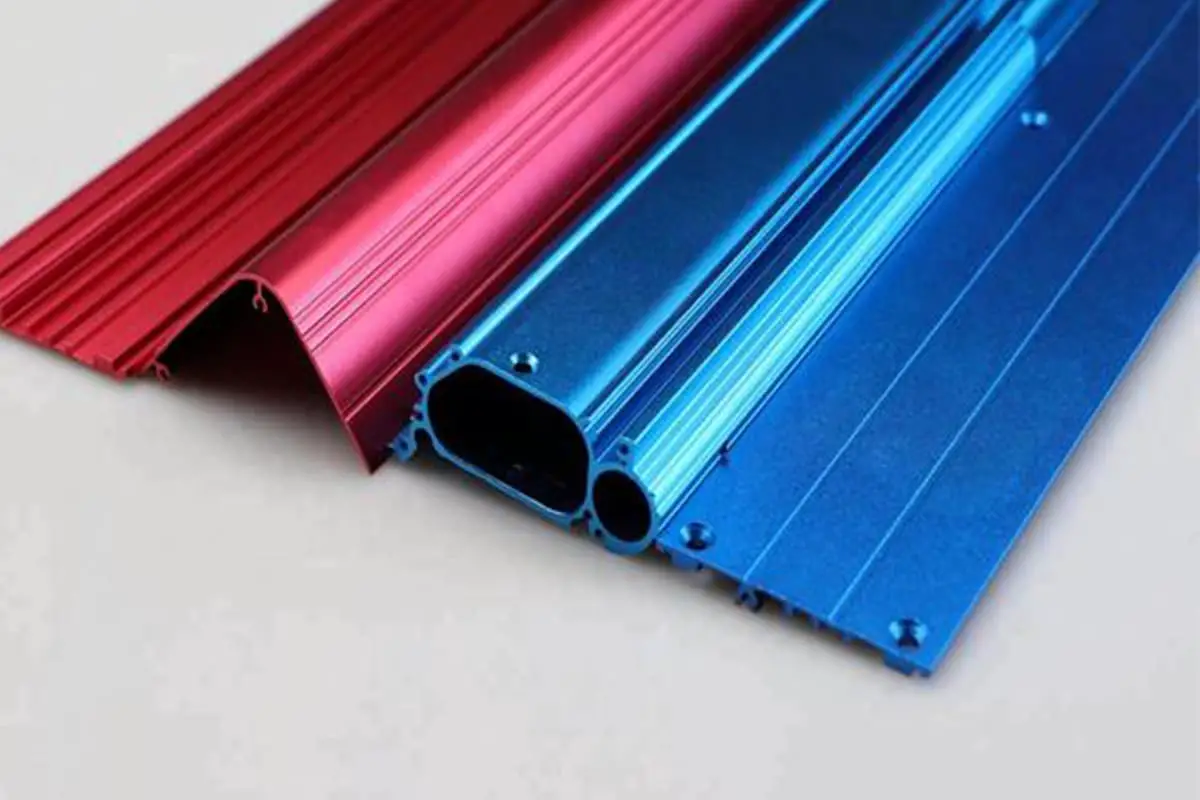
Why do some aluminum parts shine while others conduct electricity? This article demystifies anodizing and conductive oxidation, explaining their distinct processes and roles. You’ll discover how anodizing enhances corrosion resistance and aesthetics, while conductive oxidation provides electrical conductivity and a thin protective layer. Dive into the details to understand which treatment best suits your needs.

Concept of Anodic Oxidation:
The process of forming an oxide layer on aluminum products due to the action of an external current under the corresponding electrolyte and specific processing conditions.
Anodic oxidation, unless otherwise specified, generally refers to sulfuric acid anodic oxidation.

1) Protective
2) Decorative
3) Insulative
4) Enhances adhesion with organic coatings
5) Improves the bonding force with inorganic coatings
6) Other developing functions
(chemical oxidation, chromization, passivation)
The chemical conversion film of aluminum alloy is obtained through chemical oxidation. Refer to the US military standard MIL-C-5541.
Why is chemical conversion film treatment needed?
A) Enhances the corrosion resistance of the aluminum alloy.
B) Stabilizes the resistance. (A customer once requested conductive oxidation to stabilize contact resistance and conductive function)
C) The chemical conversion film is thin (about 0.5~4um), soft, conductive, porous, and has good adsorption ability. It is usually used as the base layer for paint or other coatings.
D) Does not change the mechanical properties of the material.
E) The equipment is simple, easy to operate, and cost-effective.
F) Does not affect the dimensions of the workpiece.
Conversion film thickness:
The chemical conversion film on the surface of the aluminum alloy is quite thin, about 0.5~4um. The conversion film is a type of gel, which is difficult to measure directly.
Usually, it is only necessary to weigh the quality of the workpiece before and after chemical oxidation, or to judge the corrosion resistance of the oxide film by the surface color and salt spray test.
Anti-corrosion function after scratching:
The chemical conversion film on the surface of the aluminum alloy is a type of gel. This gel can move after the conversion film is scratched.
The gel around the scratch mark will move to the scratched surface, combine together, continue to prevent the aluminum alloy from being corroded, and still has anti-corrosion function.
Color:
The color of the chemical conversion film of aluminum alloy is gray, white, grass green, golden yellow, rainbow. The final color of the conversion film is determined by the conversion film solution and the operating process.
1) Anodic oxidation is carried out under high voltage. It is an electrochemical process; conductive oxidation (also called chemical oxidation) does not require electricity and can be soaked in medicine. It is a pure chemical reaction.
2) Anodic oxidation requires a long time, often requiring tens of minutes, while conductive oxidation only requires tens of seconds.
3) The film generated by anodic oxidation is a few micrometers to tens of micrometers, and it is hard and wear-resistant, while the film generated by conductive oxidation is only 0.01~0.15 micrometers, the wear resistance is not very good, but it can conduct electricity and resist atmospheric corrosion, which are its advantages.
4) The oxide film is originally non-conductive, but because the conductive oxide film is really thin, it becomes conductive.








